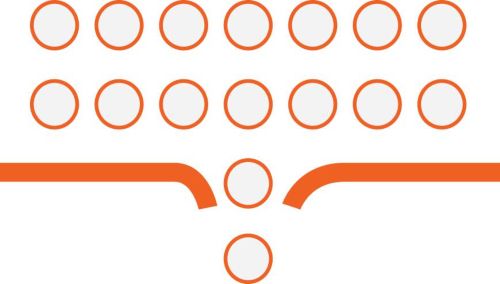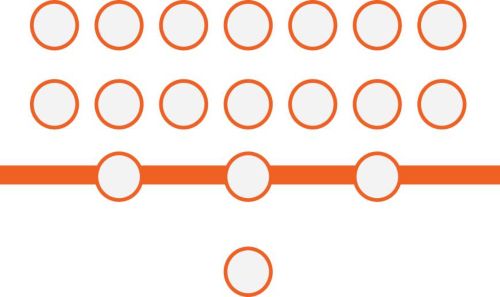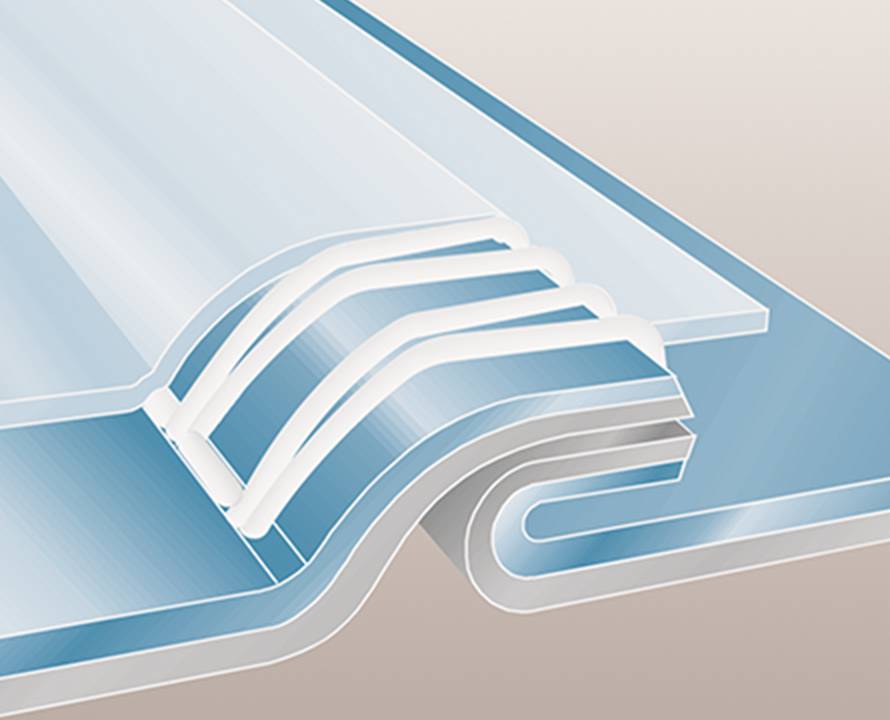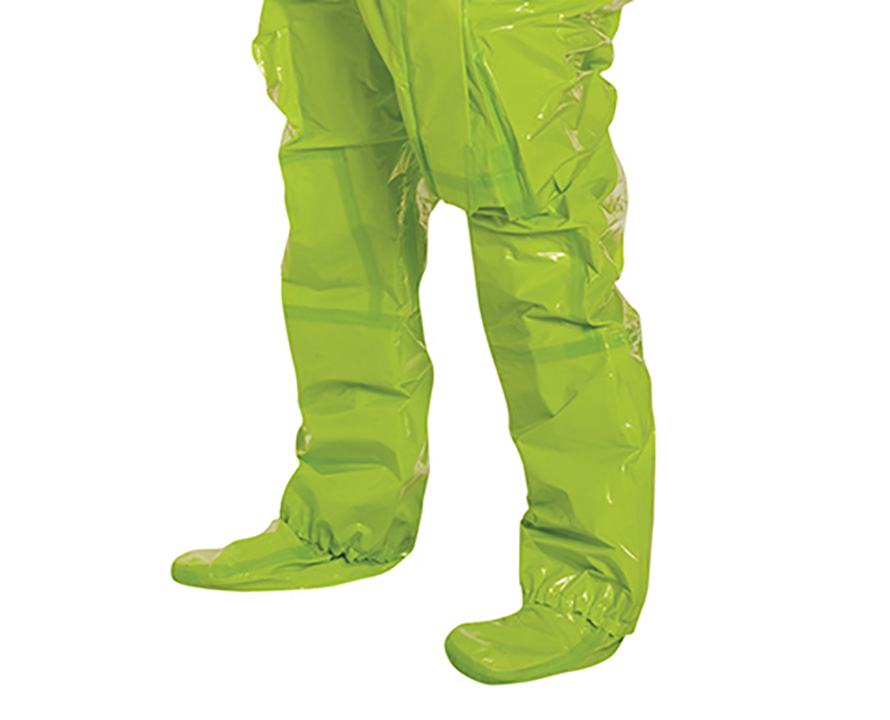Tychem® garments
DuPont™ Tychem®—Protecting industrial workers for 30 Years
For protection against chemical hazards, industrial workers choose DuPont™ Tychem® garments.
Every day, thousands of industrial workers suit up in our garments, so we make sure that our Tychem® chemical protective clothing goes through rigorous performance testing. Tychem® fabrics have been tested by third-party labs for permeation against hundreds of chemicals and at various concentrations. The result is a comprehensive database of thousands of chemical permeation results, including toxic liquids, gases, warfare agents and the ASTM F1001 standard list of challenge chemicals. No matter what the challenge, we believe you shouldn’t have to compromise on protection. Join thousands of wearers worldwide and give Tychem® a try. Please visit our free online SafeSPEC™ selector tool to determine the most appropriate protection based on your hazard risk assessment.
When it comes to chemical hazards, details are everything.
The trusted performance of DuPont™ Tychem® garments begins with our unique chemical barrier fabrics, which undergo testing by third-party labs. We have compiled a comprehensive database of chemical permeation results to support that Tychem® fabrics will stand up to hundreds of chemicals, ranging from toxic liquids and vapors to sarin and chlorine gas. This resource can be accessed on our website at safespec.dupont.com .
Garment construction is crucial as well. Secure seams and zippers; proper sizing; the fit and design of hoods and accessories; and even garment colors—all play a critical role in helping keep workers protected on the job. DuPont offers a wide variety of garment styles—from hoods and shoe covers to aprons, coveralls and fully encapsulated suits.
Fabric
The barrier fabrics and construction methods used in Tychem® garments help prevent penetration and permeation by chemical hazards. As permeation testing is the most sensitive measure, extensive permeation testing assures that every Tychem® garment provides the appropriate level of protection.

Penetration
Bulk movement of a material through a pore, gap or defect in the barrier fabric.

Permeation
Movement of a material through barrier fabric on a molecular level.
Seam Construction
Always select garments with strong, tight seams that are appropriately constructed for your application.
*Serged and/or bound seams are degraded by some hazardous liquid chemicals, such as strong acids, and should not be worn when these chemicals are present.
Garment Style
DuPont offers a wide variety of garment styles, ranging from hoods and shoe covers to aprons, coveralls and fully encapsulated suits. Fully encapsulated suits are available with front or rear entry, with a flat back for airline accommodation or with an expanded back for SCBA accommodation..










